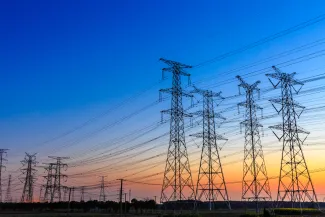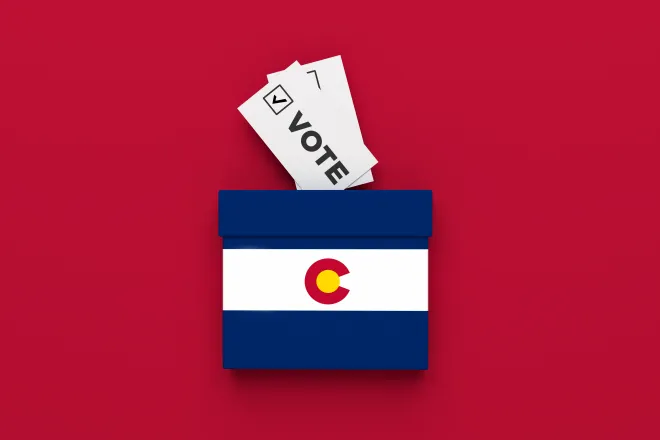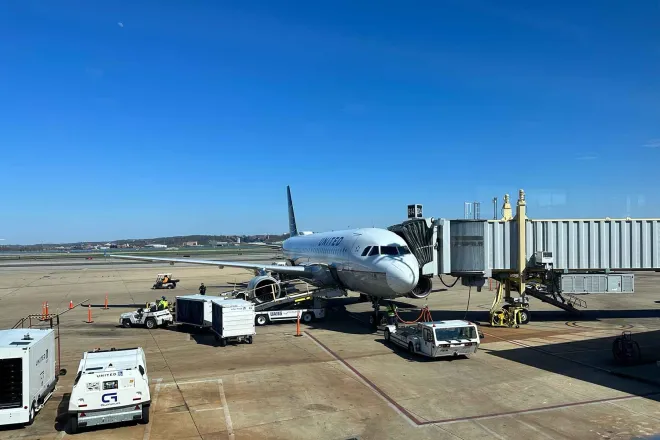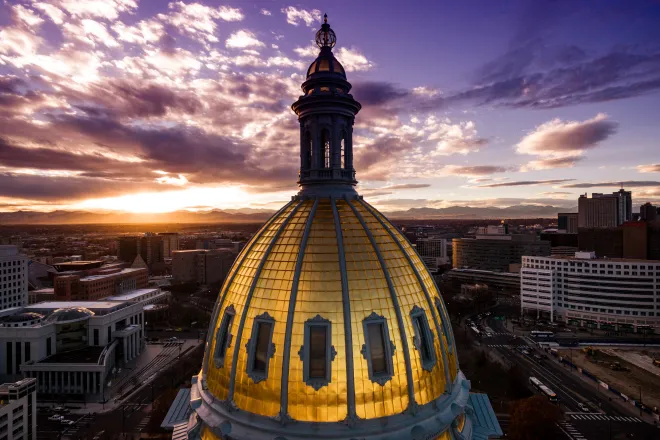
With wind energy at its back, South Dakota tech school resumes training program
Click play to listen to this article.
Meeting America's future energy demands requires big decisions by utilities and policymakers about the best way to do it. A South Dakota technical college is revamping its wind-energy program so its students can be part of the solution.
Mitchell Tech has just hired a new instructor to lead its Wind Turbine Technology program, which had been paused for a reset. Scott Fossum, the school's vice president for academic affairs, said there's a lot of demand for jobs in this field - and they want to prepare students for newer skills needed, such as repairing wind towers that have been operating for years.

© zhaojiankang - iStock-802436842
"There are so many wind farms around South Dakota [and] upper Midwest that are still going to need technicians to make sure that everything is up and running and they still can be functional," he said.
South Dakota often ranks second in the nation for wind-energy generation. Around the country, there has been some pushback against local projects, along with shifting energy priorities in the White House. However, South Dakota has just seen approval for another large-scale wind farm for the northeastern part of the state.
Another obstacle facing wind energy is the lack of space on the power grid for new projects to plug into. However, an organization that oversees the Midwestern grid has pledged big investments to add transmission lines.
Fossum said Mitchell Tech has a program that trains students for that type of work, too.
"We have kids who go all across the United States and are working on the big transmission lines," he said.
Fossum said the school also is building a new lab for learning how to install underground power lines, which is ideal for classes taught in the winter. These types of courses are covered by the state's Build Dakota Scholarship program, which aims to help more students enroll at two-year schools aligned with in-demand careers.
Support for this reporting was provided by Lumina Foundation.

















